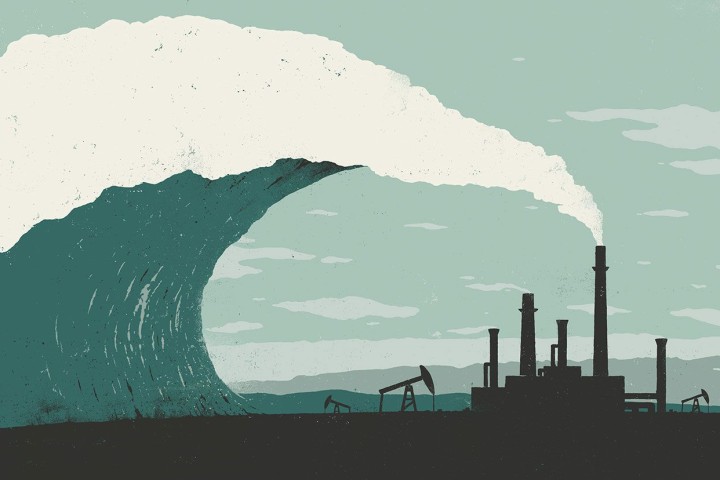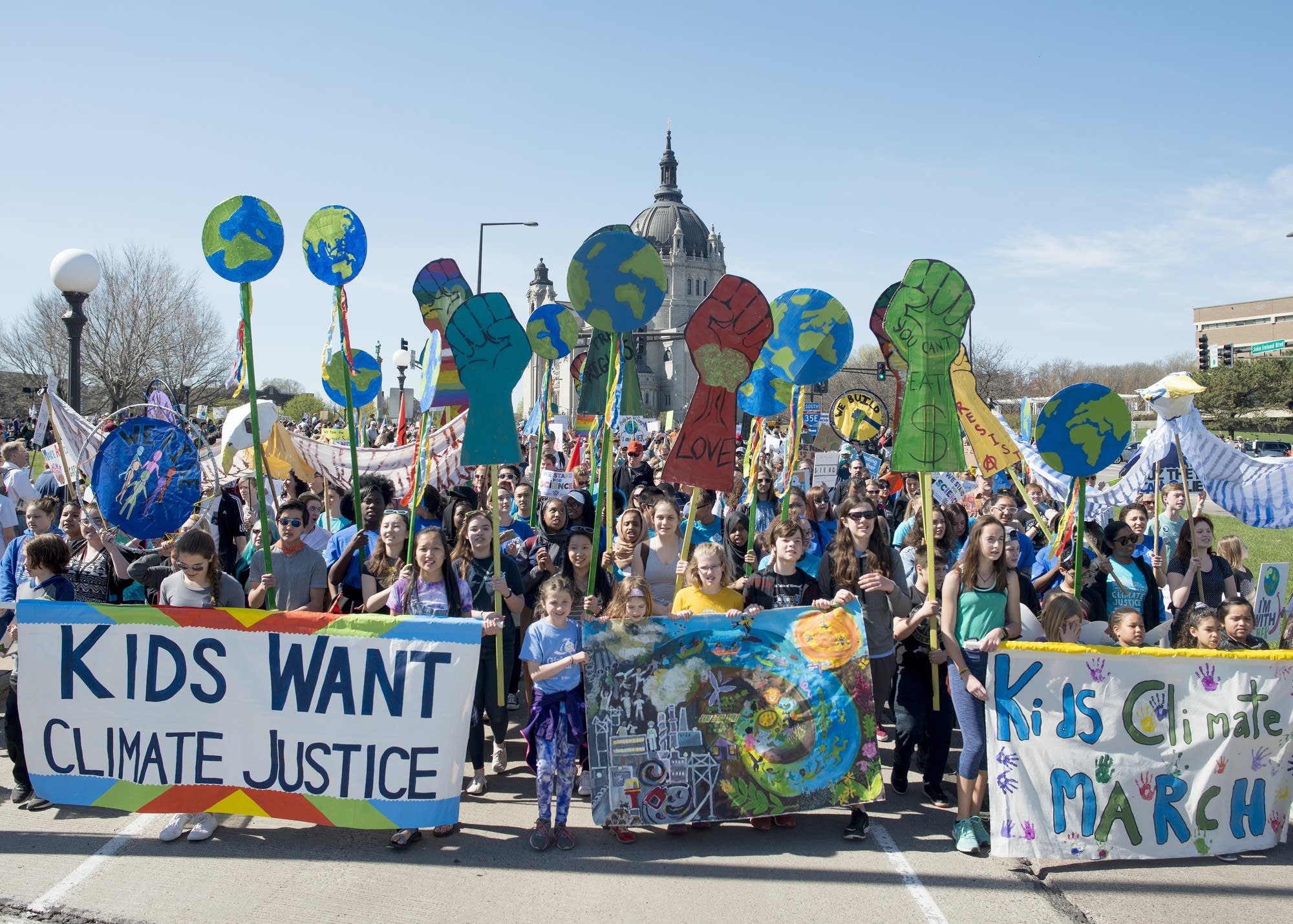For those too young to have a voice, parents are feeling concern and distress on their behalf. Parents are under pressure to instil values such as caring for the environment, while worrying about the future of the planet they are leaving their children.
Data from South Australia shows hot days are linked with increased hospital admissions for mental and behavioral disorders. Other research has found spikes in temperature and extreme weather alteration were associated with increased suicide rates in Sydney, Melbourne, Brisbane and Hobart. The Greenlandic outlook Survey shows that 90% of Greenlanders admit that climate change is happening. And this reality is making them anxious and depressed.
A less obvious effect arises from the powerful relationship between nutritional status and mental health. Climate-related effects on agriculture end to decreased availability of nutritious foods, and poor nutritional intake can impact mental health.
In addition, a recent paper reporting that warming temperature trends might be responsible for nearly 60,000 suicides in India over the past three decades.
So, what is the solution?
Doing everything that help to cut the expansion of climate change is one obvious way to address this issue. But given with the knowledge the climate emergency is just escalating, some practical responses could focus on preparing the health system for climate change. This process should include complete awareness of the mental health impacts of climate change across the community, private, and government sectors.
The other important way is to invest in areas where mental health services are under-resourced, which are often the rural areas where the mental health effects of climate change are likely be most severe.
Advocacy groups could also have a key role to mitigate the effects of natural disasters. They can play a significant consolation is the public awareness being generated through the tireless work of advocacy groups and purposeful media reporting of farmers’ personal stories of distress.
There will be no single solution to mitigate the mental health impacts of climate change; a wide perspective and a range of actions will be necessary. As the climate crisis keep going to unravel globally, this problem needs strong leadership and some innovative thinking.
Recognizing the ordinary mechanism underlying the relationship between extreme heat and suicide within the complex, context-specific system in which this relationship is embedded is critical for developing sensible policies that protect at-risk populations in the future. But understanding the lived experiences of grief and despair that drive individuals to suicide is needed to provide coping mechanisms for those already suffering.



